June 21st marks the annual World Giraffe Day, which matches the longest-necked animal in the world to the year’s longest day (depending on your hemisphere). The holiday was created by the Giraffe Conversation Foundation to raise support and generate awareness for the challenges that the world’s giraffes face, such as a declining population due to poaching and human expansion. “The numbers have gone down from 140,000 to fewer than 80,000 today. It’s a silent extinction” Dr. Julian Fennessy, Executive Director of the Namibian-based Giraffe Conservation Research group told ABC News.
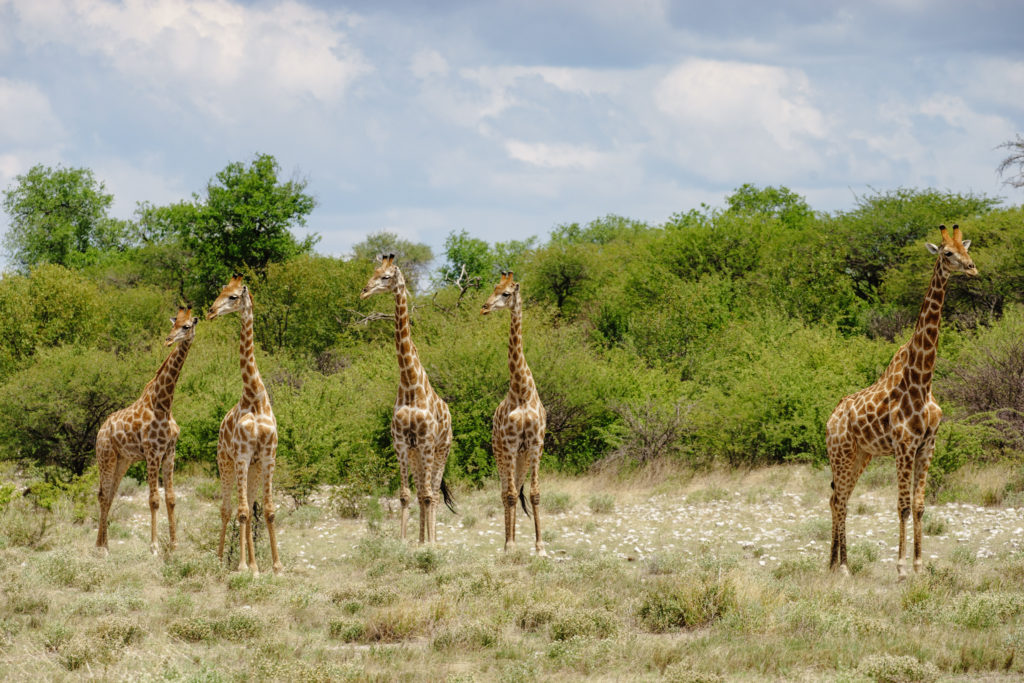
The first time I saw a giraffe in the wild was when Tessa Kit Zawadzki and I were producing the travel guide “Namibia and Beyond” for Resource Travel. Immediately, I was awe-struck at the calm elegance of this massive beast. They don’t seem to walk, but rather float gently over the ground in a calm and calculated manner. If startled, however, they can sprint up to 55km an hour to avoid predators. Watching them go about their daily routine, while a simple one, was enthralling. For an animal that seems to do so little, they were fascinating to observe, especially since they do not seem to mind the human presence around them.
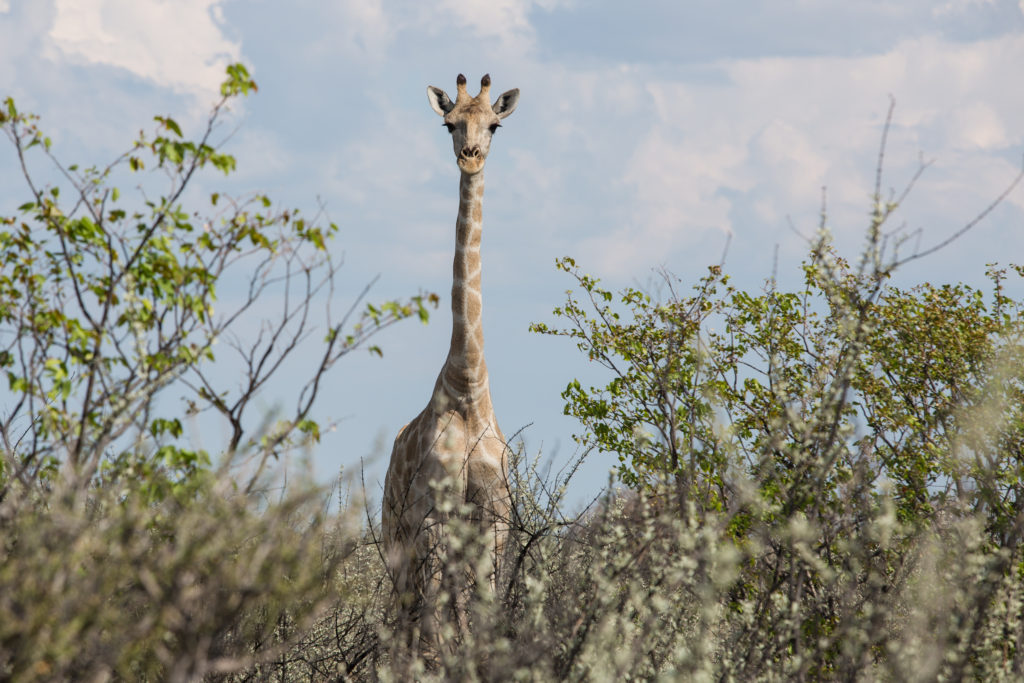
These gentle giants don’t get the attention of other African animals whose survival is in jeopardy, but the steady decline of the giraffe population should be a wake-up call to all of us that all of the world’s wildlife is in danger, whether it’s visible or not.
All Photos by Tessa Kit Zawadzki and Michael Bonocore.
Follow Tessa Kit Zawadzki on Instagram, Facebook, and her website.
Follow Michael Bonocore on his Instagram, Facebook, and his website.
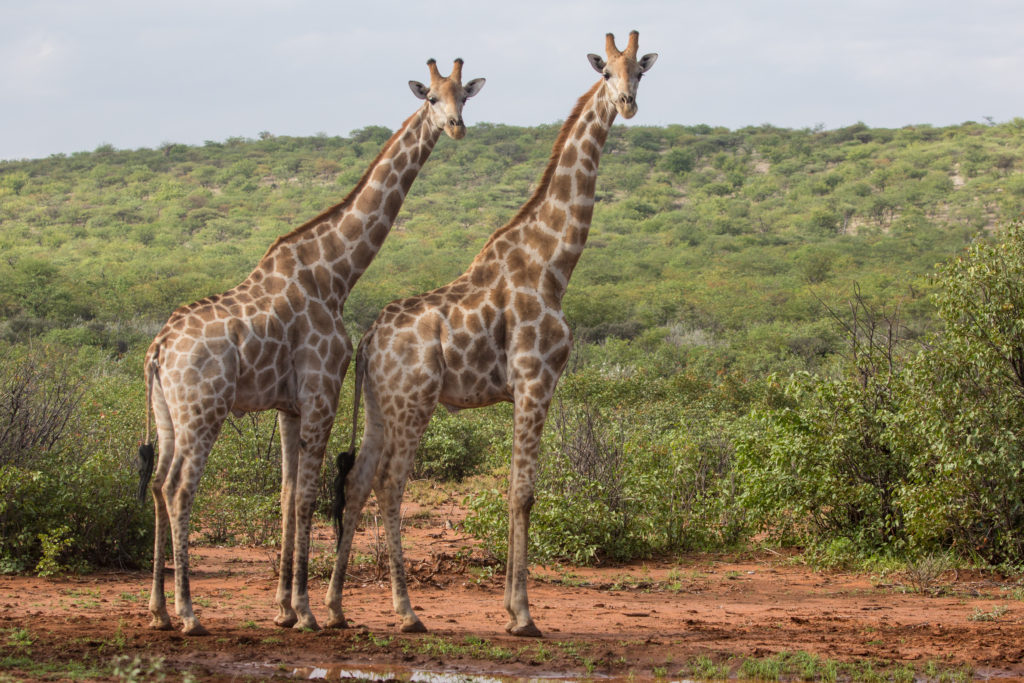
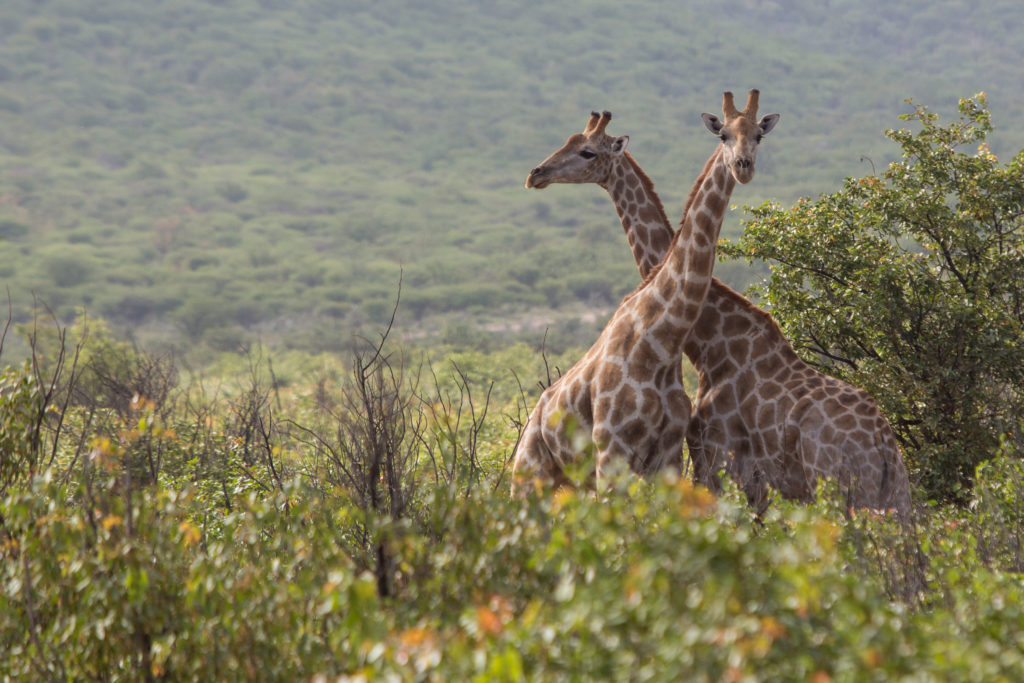
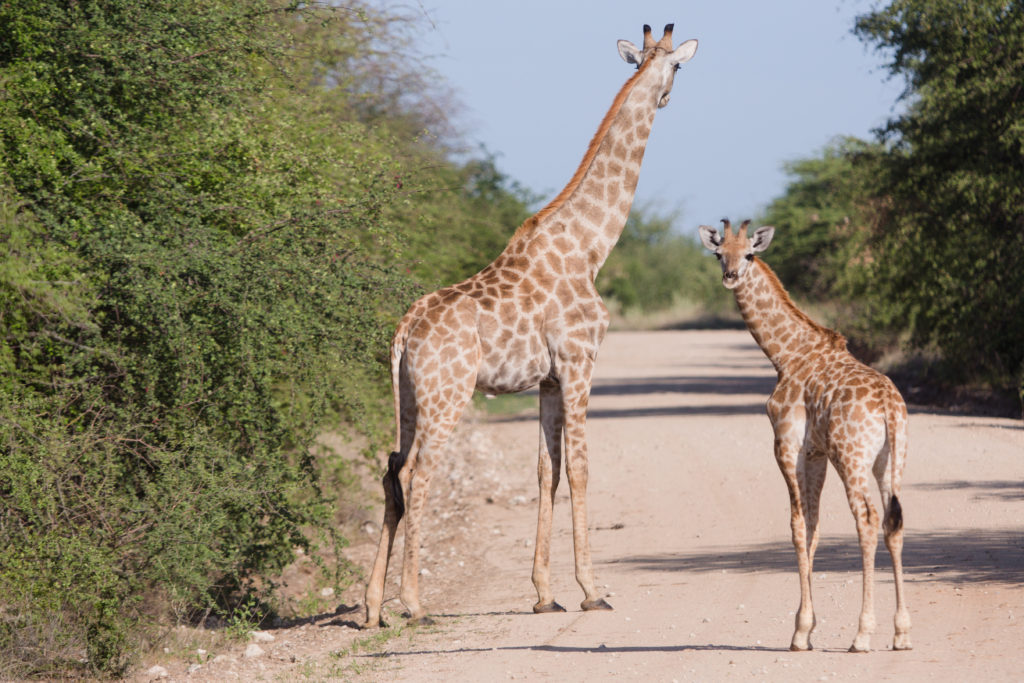
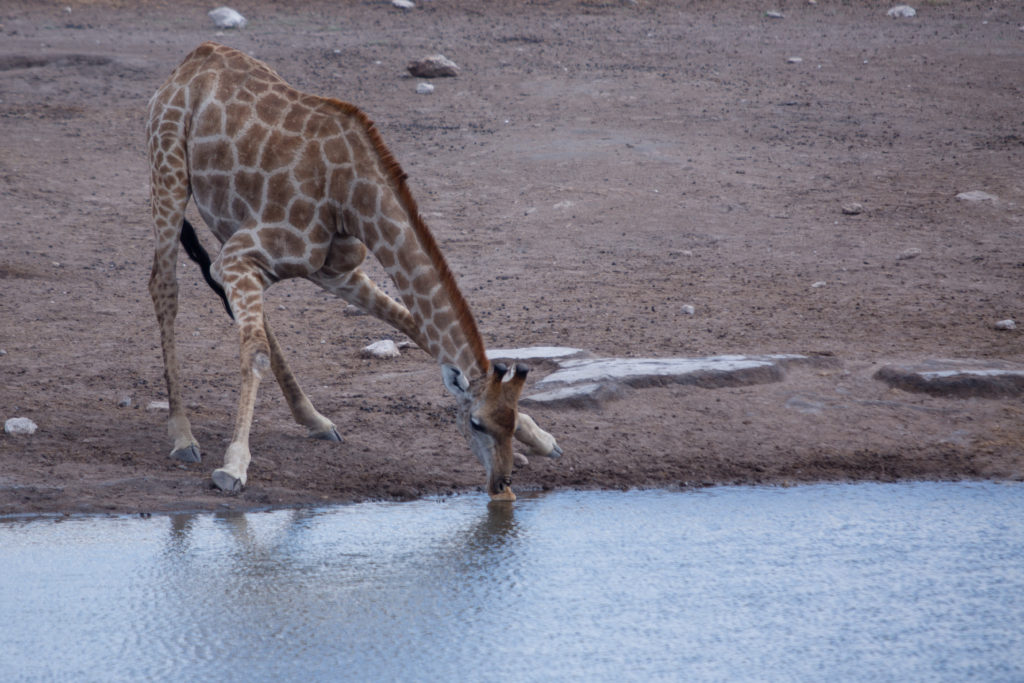
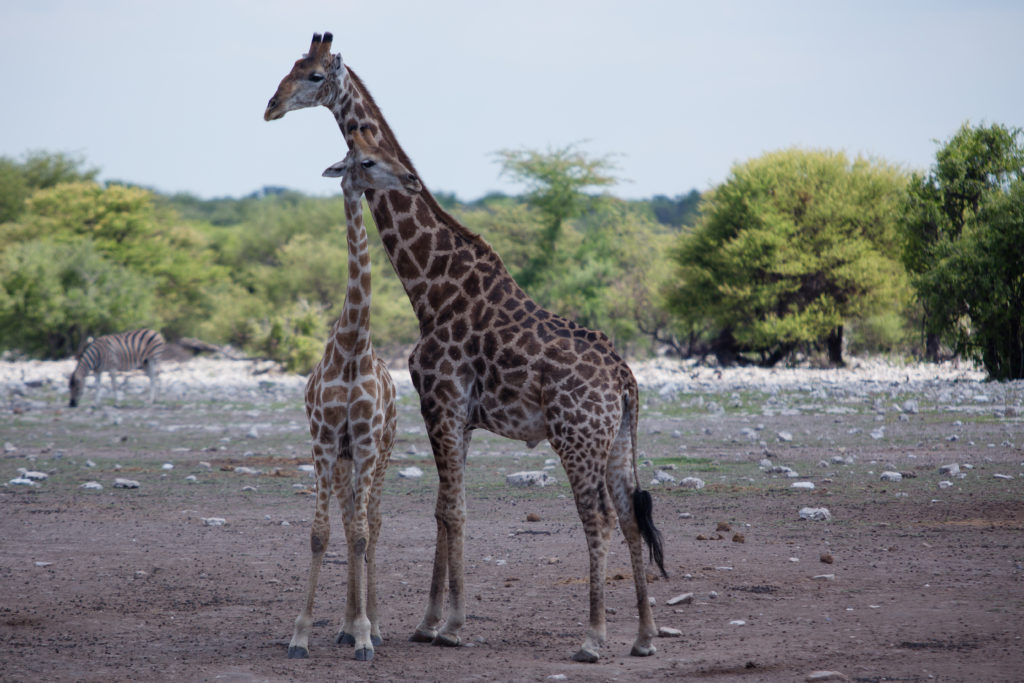
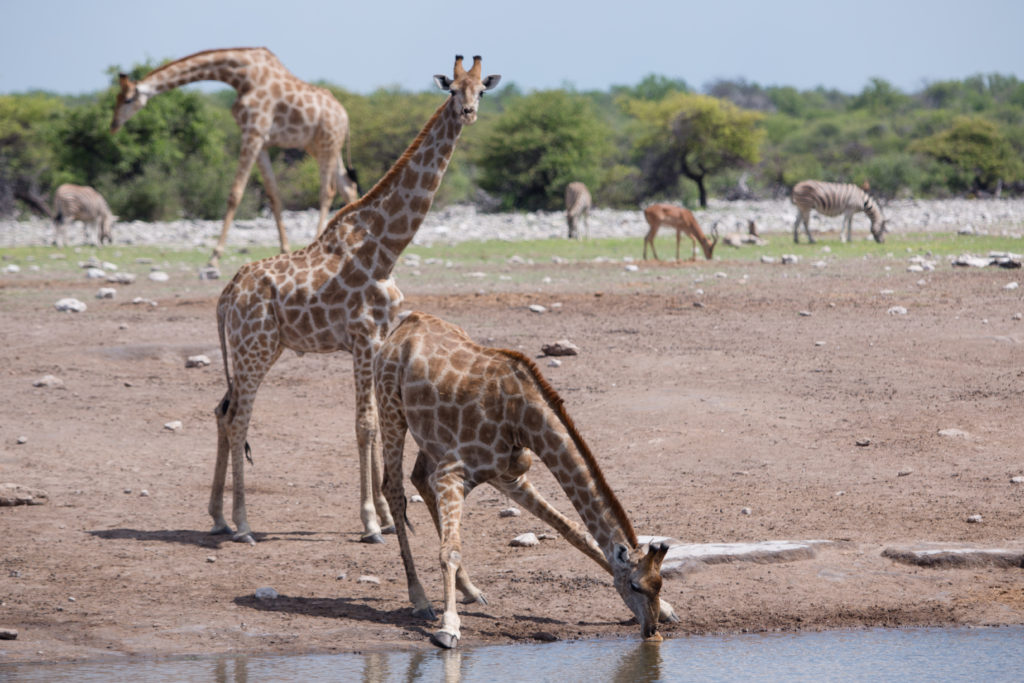
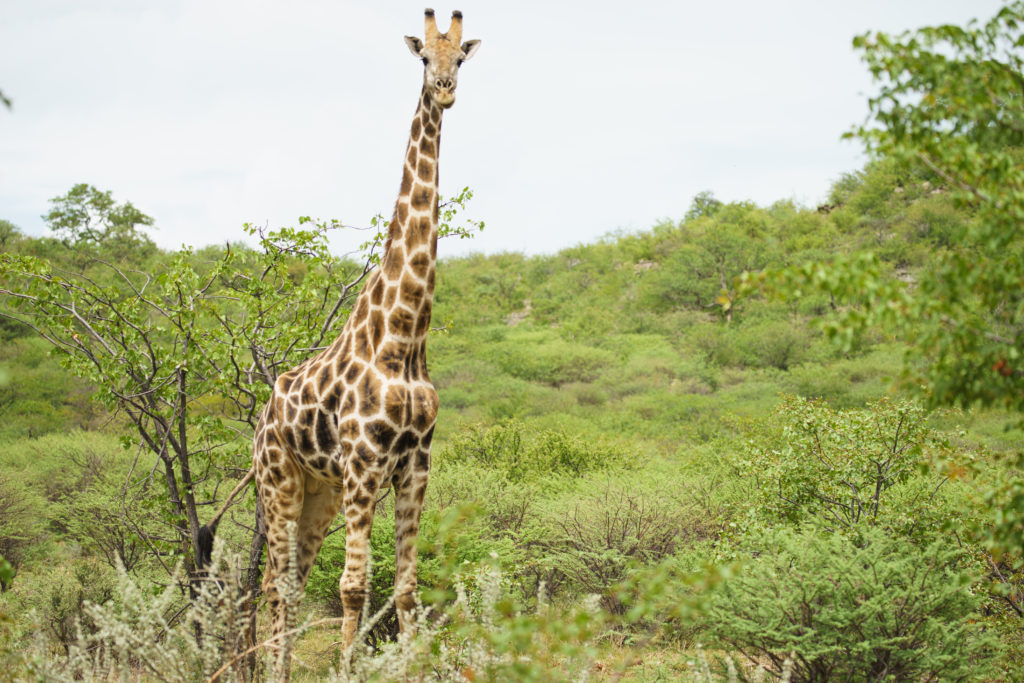
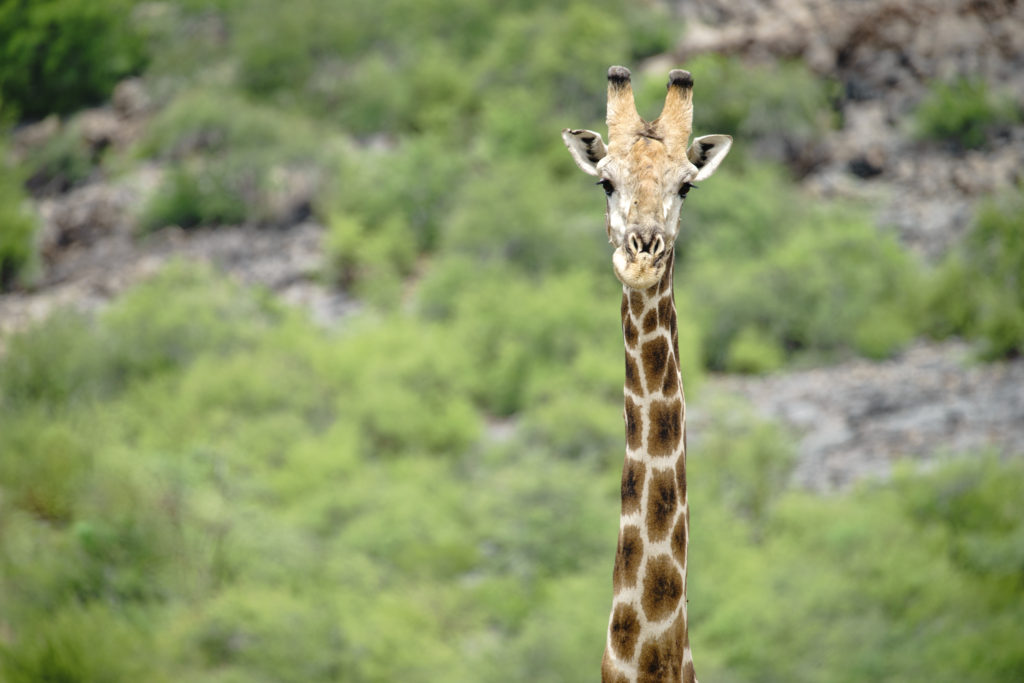
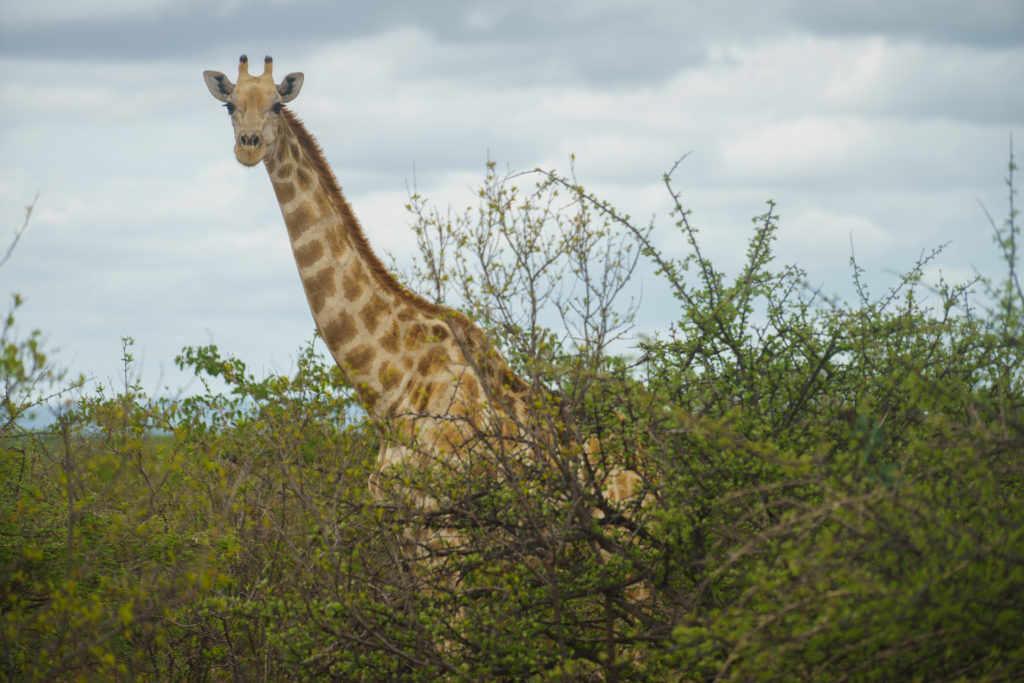
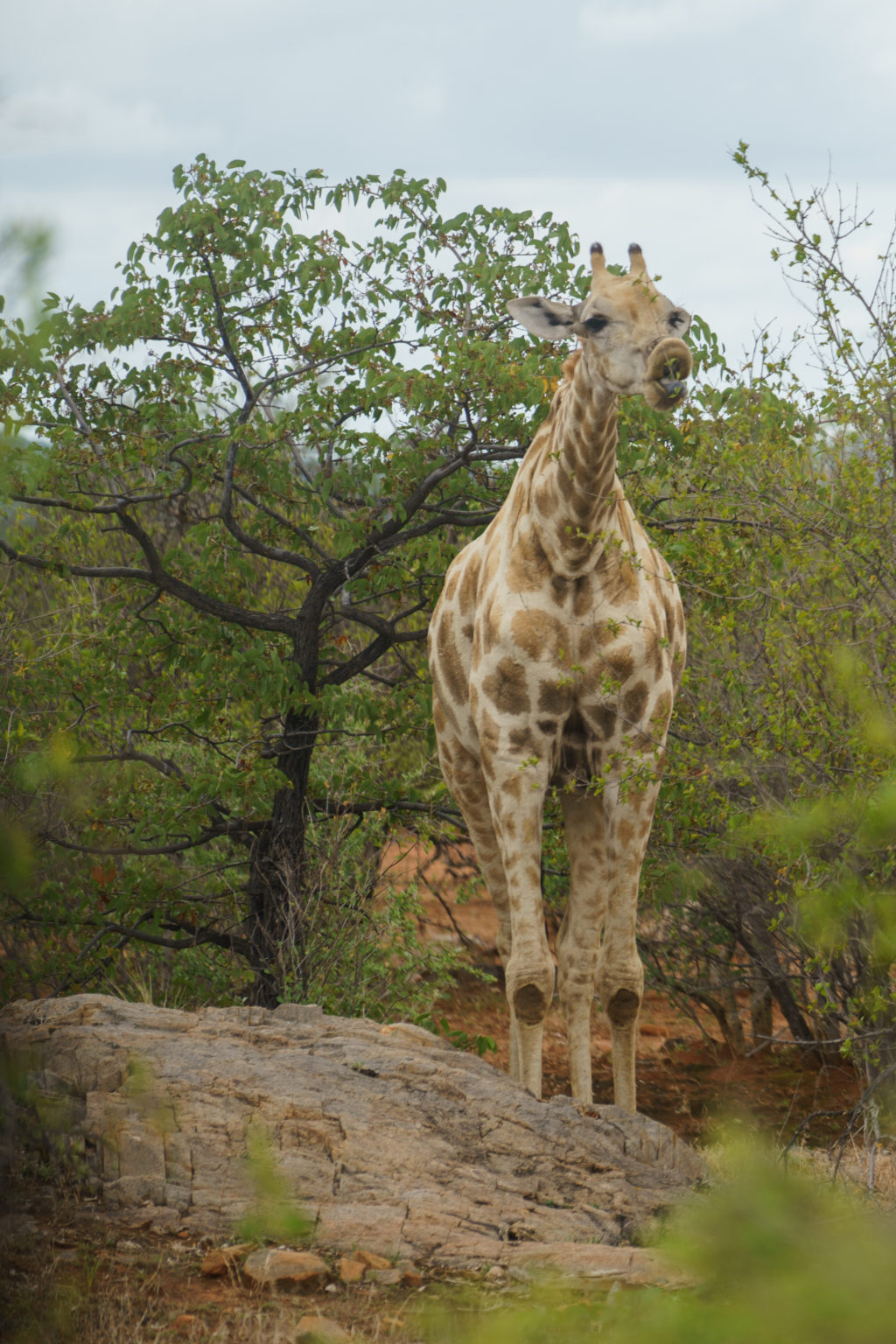
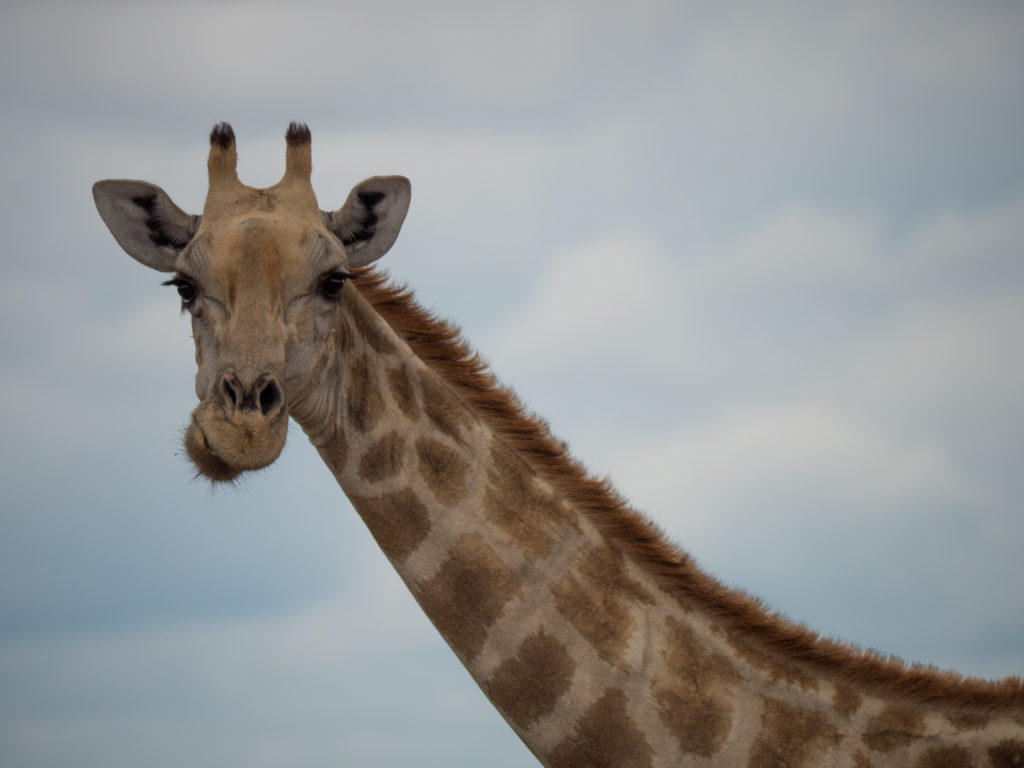
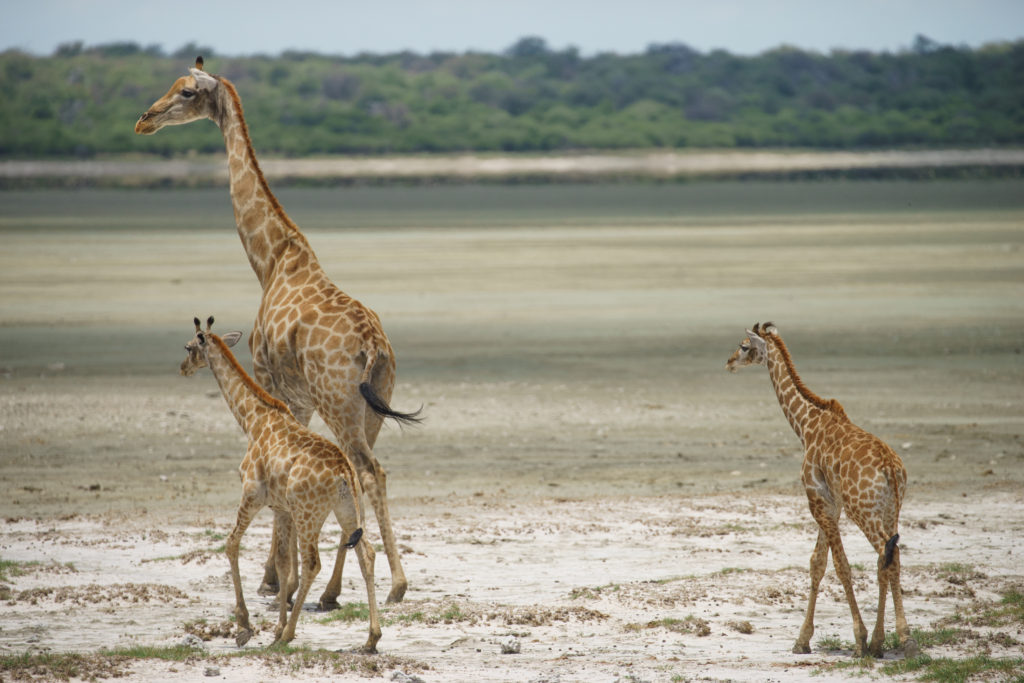
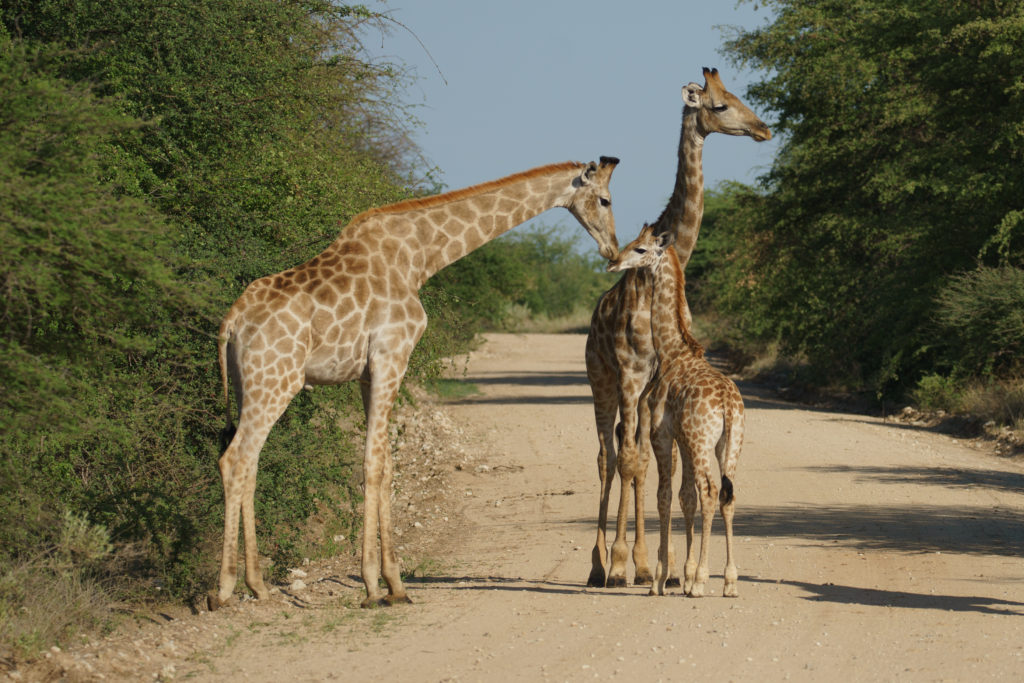
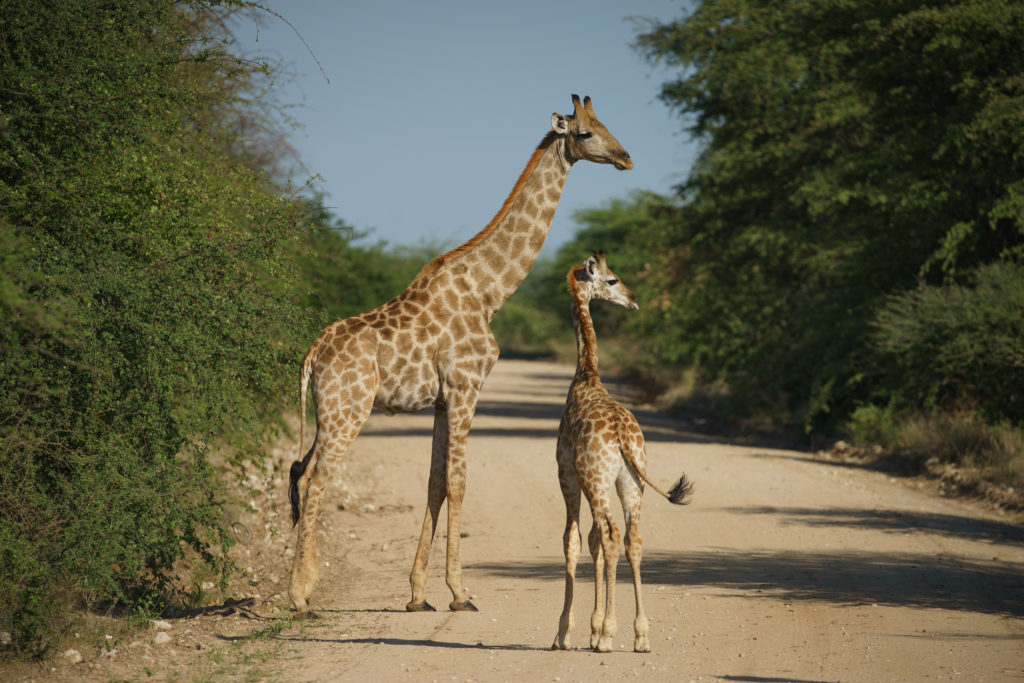
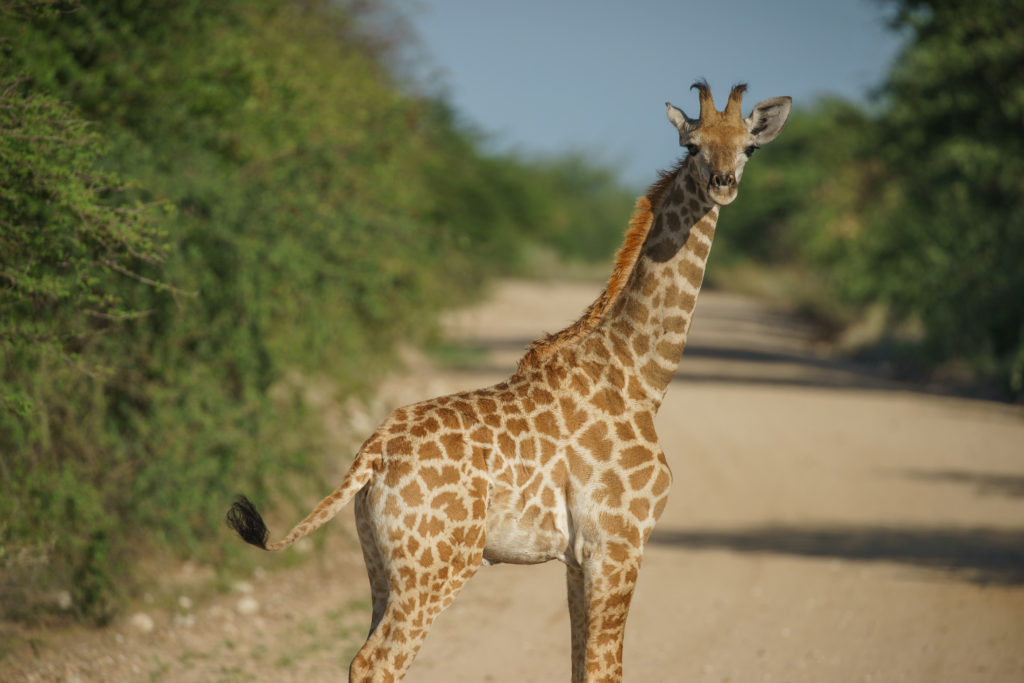

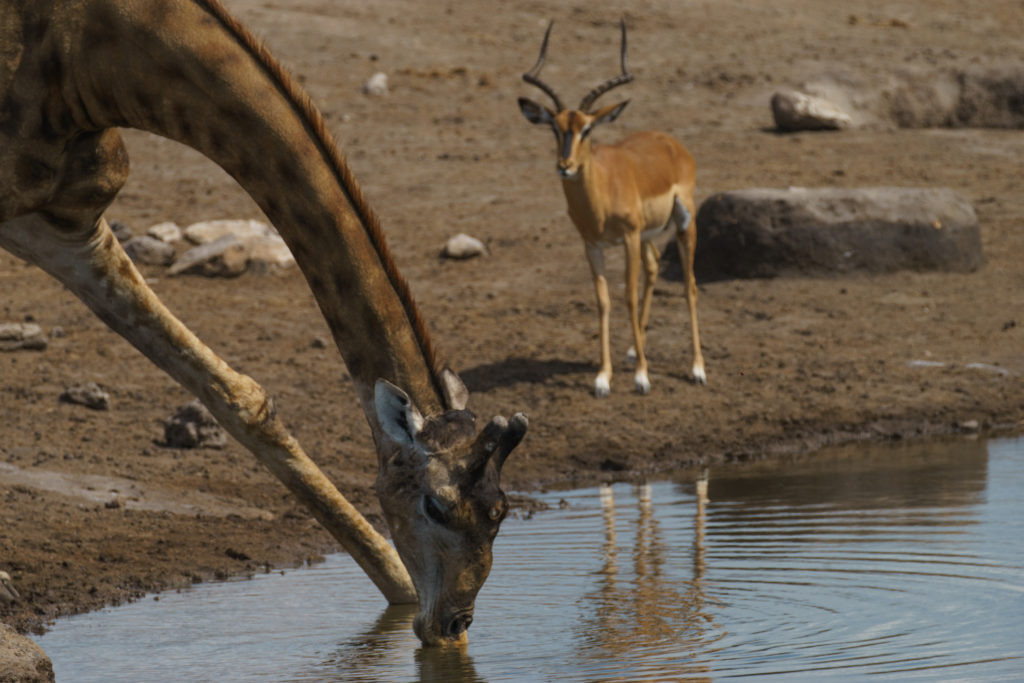
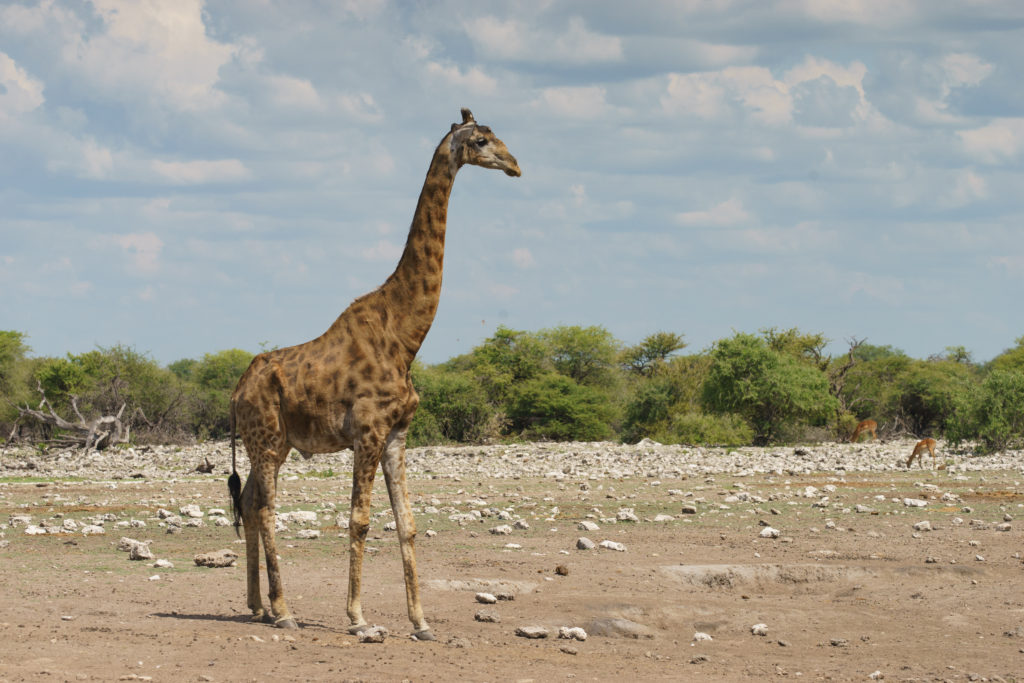


9 comments
f0tl52
tuf31w
l28a5x
8lsarf
2kq4b0
neybbb
oz73wj
uit9bc
eg81ex